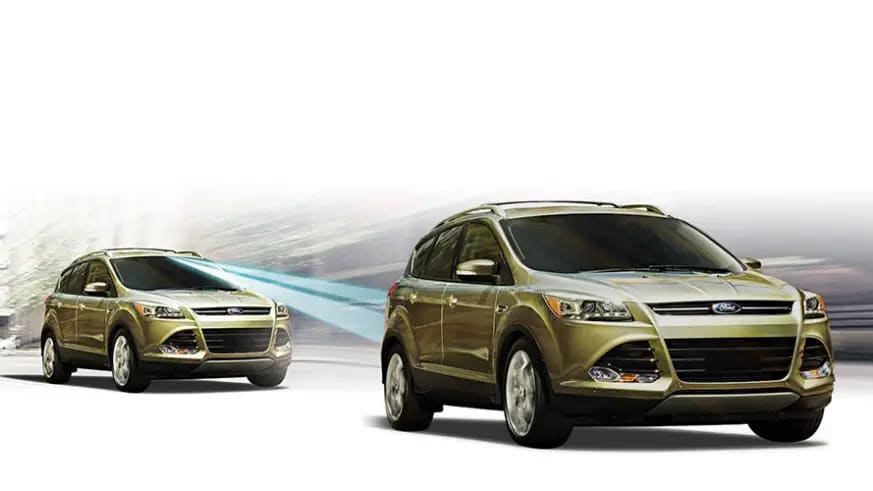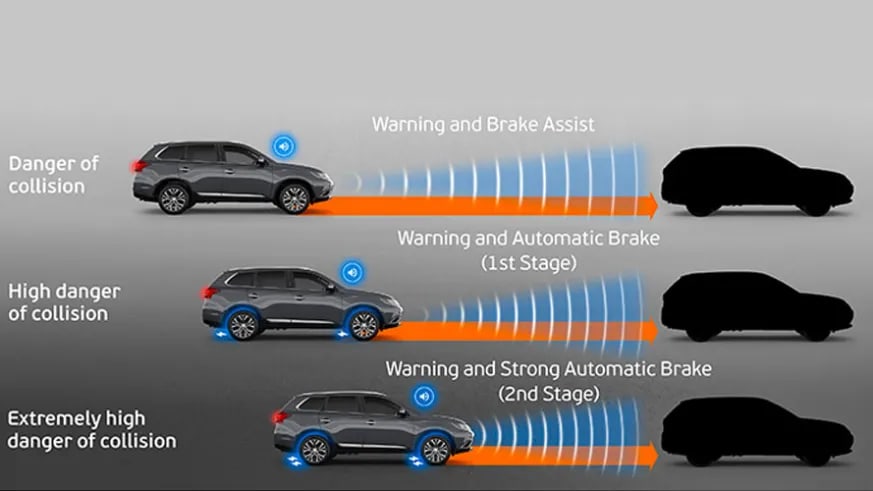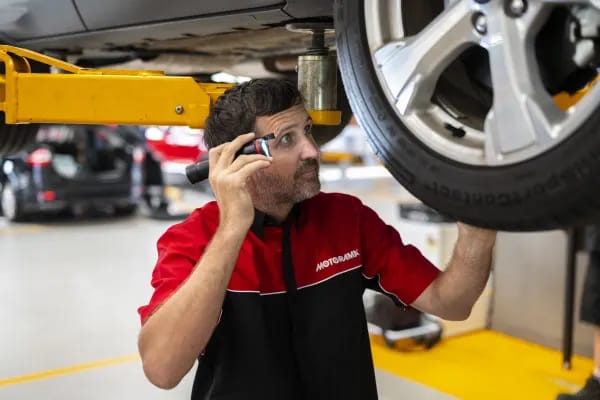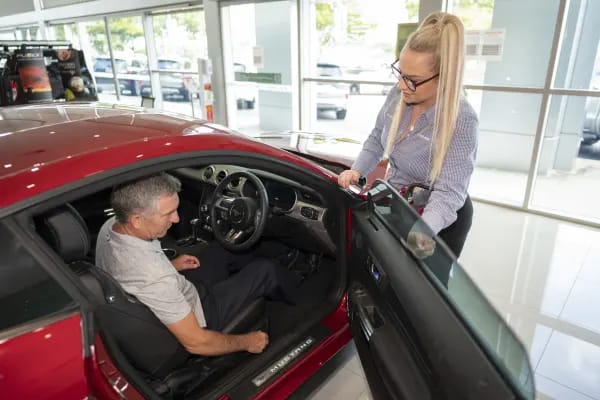
Guide to Autonomous Emergency Braking (AEB)
Posted in Buyer Advice
Guide to Autonomous Emergency Braking (AEB)
Driving is conflated with going fast, but being able to stop as fast is just as important.
We took a look at autonomous emergency braking.

If you’ve ever had to jump on the brakes suddenly, or been hit from behind in an accident, you’ll know that the brake pedal is just as important as the accelerator.
As cars become more advanced (and in the push towards self-driving cars) more and more features to take the more hazardous parts of driving out of the hands of humans who are slower to react.
In an emergency situation, drivers can panic, and with conflicting information about what to do racing through their mind, they can do the wrong thing unintentionally. If there’s a sudden obstacle in the road, or you’re distracted for even a few seconds, you could be set up for a crash.

WHAT IS AUTONOMOUS EMERGENCY BRAKING?
Autonomous emergency braking (AEB) is one of a host of new features that has slowly made its way into cars in the last few years. It works by using cameras and radars scanning the road ahead for obstacles that you may not be focussed on as a driver.
For example, if you’re on a long stretch of highway, your line of sight may be further ahead than the metres in front of the car so if something enters the road suddenly, you may not react in time to safely stop. AEB will activate warning signals to the driver, and apply the brakes automatically if the driver doesn’t react in time.
Autonomous emergency braking usually works with features such as lane departure warnings and lane keep assist to protect road users from driver errors, but should only be used as a fallback measure – not in place of attentive driving.

WHY DOES IT MATTER?
Safety features are increasingly important to meet government standards, the added benefit of which is that even the most basic new car on sale today is far safer than it’s equivalent even ten years ago. Anti-lock brakes were one of the first big things to be mandated; now stability and traction control are compulsory items.
All new cars sold in South Korea must have it installed by 2019, while lawmakers in Europe and the US have backed rolling it out in new cars sold there by 2020. Australia has seen it trickle down from luxury cars a few years ago to the every day model for families, however it still isn’t a standard feature in many cars.
The jury is still out on whether AEB is proven to reduce injuries and fatalities on the road, but increasing the number of safety features in cars can only help the situation. It has been seen in some sub-$20,000 cars (the Kia Picanto, for example) – proving that it can be inexpensive to install from the factory – while some cars (like the imported Holden Commodore and Toyota Kluger) have it as standard across the range.
Specifically buying cars that have the feature can drive the push to standardising it across all cars as drivers vote with their wallets, but in the mean time, you can find a range of vehicles with AEB at Motorama or speak to the friendly sales team about more features available in our range of cars, utes and 4WDs.



